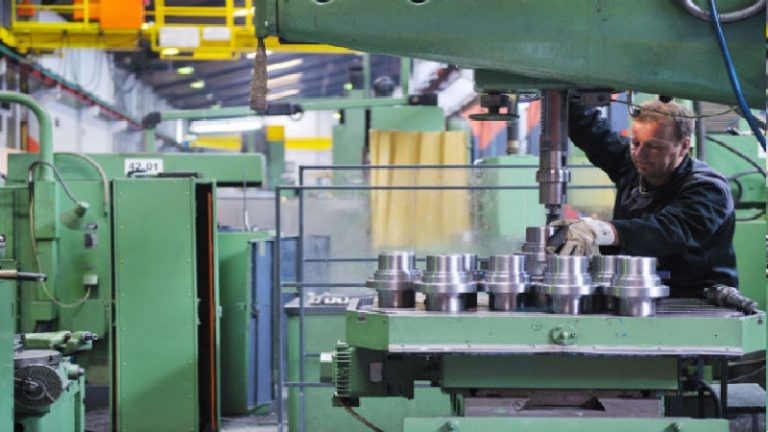In many machining shops today, particularly those geared to production machining, it is not uncommon to see 5 axis machining centers in use for virtually all projects. While these multi-axis machining centers are often an ideal option for fast production of complicated parts and components, they are not the right option for all parts.
In fact, for many parts and components used across all industries, a 3 axis CNC machining system is still the best choice. This does, of course, depend on several factors, all of which come into play in making a decision as to the best option for machining.
What to Consider
As the name implies, 3 axis CNC machining is able to work parts on the X, Y, and Z axes. The cutting tools are guided using CAM/CAD software to create exact pathways on the surface of the workpiece that are identical, within the specified tolerances, to the original measurements of the part in the software.
With this system, the workpiece does not move, rather than cutting tools move long the programmed pathway, removing precise amounts of surface material to create the desired shape.
The speed of rotation, the type of cutting tool and even the material of the workpiece are all considered when setting up the equipment. Once it is set up, it can run continuously, particularly if robotic tending is used with the equipment.
Options with the System
3 axis CNC machining is much more sophisticated than many people assume. It is an ideal process for parts which do not require complex shapes that require rotary movement.
With the ability to work at production machining speeds, this is also a piece of equipment that can be used in large volume orders. It is also a good choice for prototyping, allowing for precision shaping to exacting tolerances.

